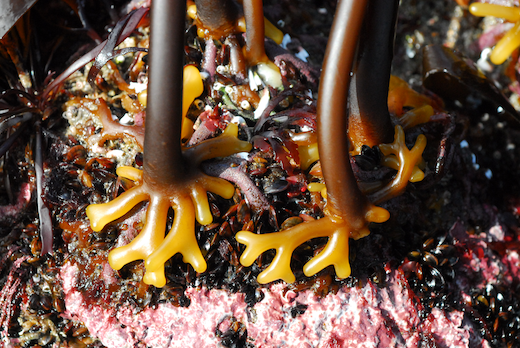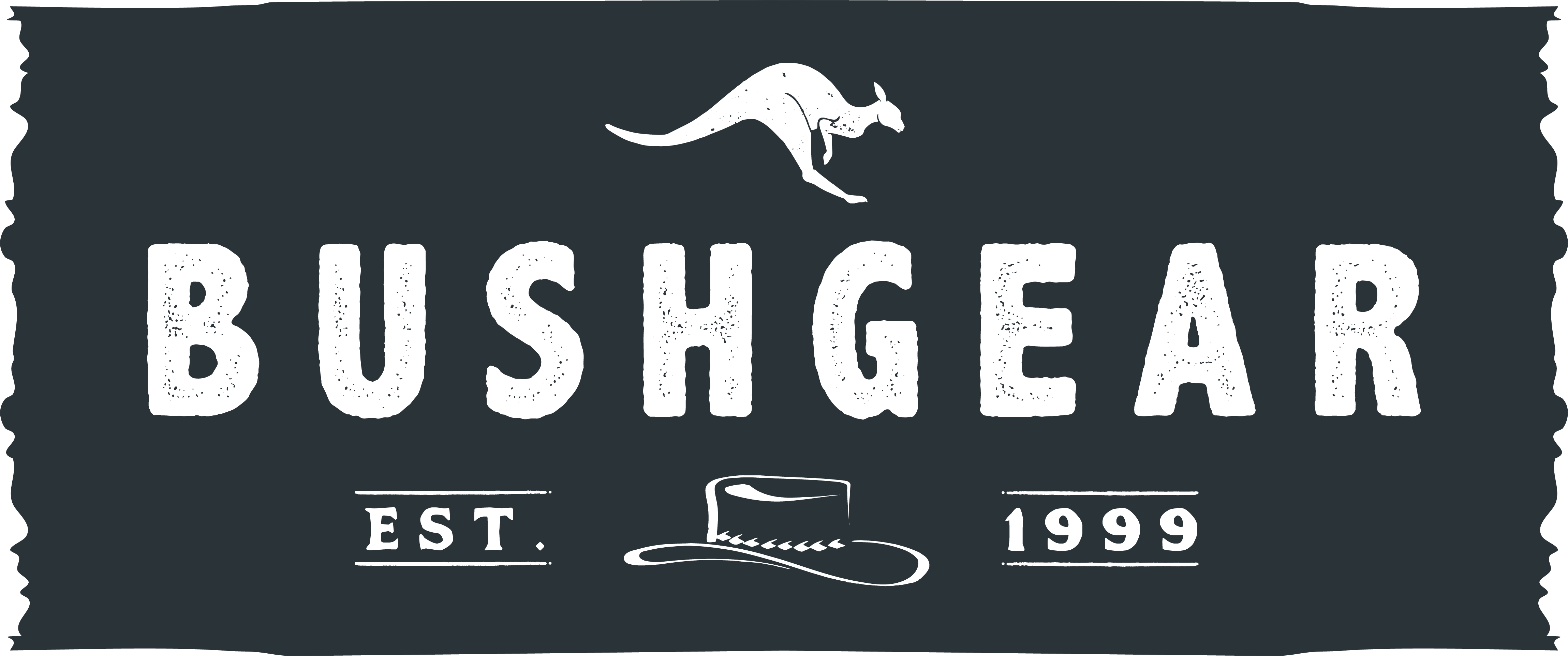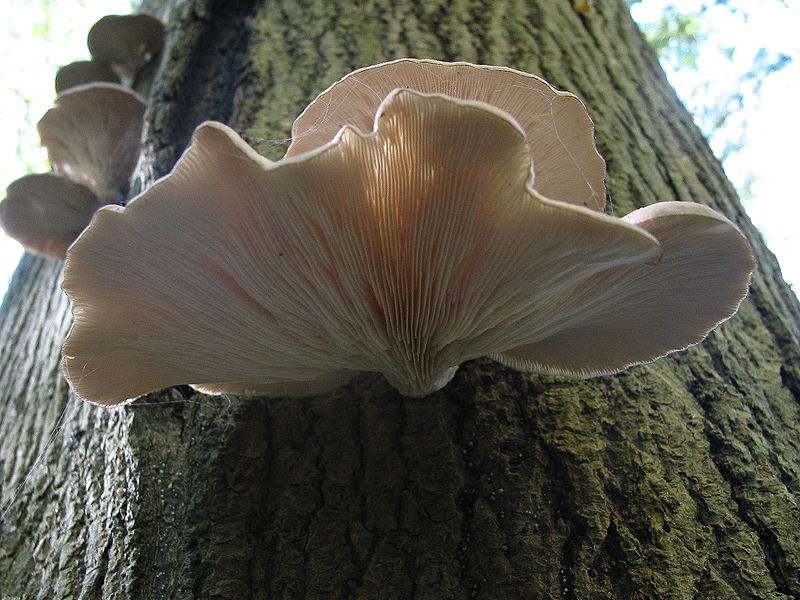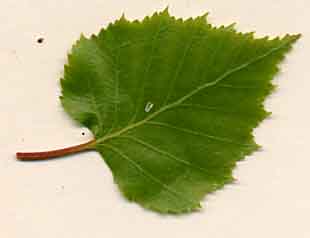
Wild Edible Of The Week - Week 44 " Kelp"
Botanical Name : Laminaria digitata
Common names : Kelp, Oarweed

Physical appearance : The average Kelp consists of a long stem (called a stipe) growing up to between 2 - 3 metres in height. The stem is oval in cross section and grows up to eight feet in length, it snaps cleanly when bent in half. Its leaves are broad, blade shaped and split into "fingers" as it matures. Its "holdfast" (basically an anchor which holds the plant to the bottom of the seabed or onto rocks) has root like protrusions (rhizoids) which help to keep the plant in place. The plant, overall has a a green/brown hue.

Best places to find : Can be found at low tide, along the lower littoral part of the shoreline. It can form dense "forests" and can be the dominant species in an area. In Britain, Oarweed is a common species except for on the majority of the east coast, where the waters are overly silt ladened and therefore unsuitable for Kelp. The palnt is also common to much of the Atlantic.

Edible parts : The leaves are edible raw but are often dried for longer term storage. Kelp can be added to salads and soups to give a unique salty flavour. It can also be made into Kelp noodles, a gellatinous almost flavourless noodle which is great for soaking up flavours. Other culinary uses include using it as wrap for sushi and as a flavouring for many oriental dishes.

Time of year : Can be harvested all year round.
Alternative uses : Historically important plant. A source of sodium alginate which is a gum that is used in a wide range of cullinary applications. The gum is used as a thickening agent in ice creams, drinks and cosmetics and as a gelling agent in jellies. Kelp has a high iodine content so has been traditionally used as a cure for goitre. There is evidence to suggest that kelp can help with weight loss as it reduces the bodies ability to digest/absorb fat.
NB! - Please be sure you know what you are picking, many plants look similar to each other and may be poisonous. However, please note that the majority of seaweeds around the British coastline are edible.
The Bushgear Team
Photos courtesy of:
Shane Anderson, Pierre-Louis Crouan and Stemonitis via Wiki Creative Commons Attribution


